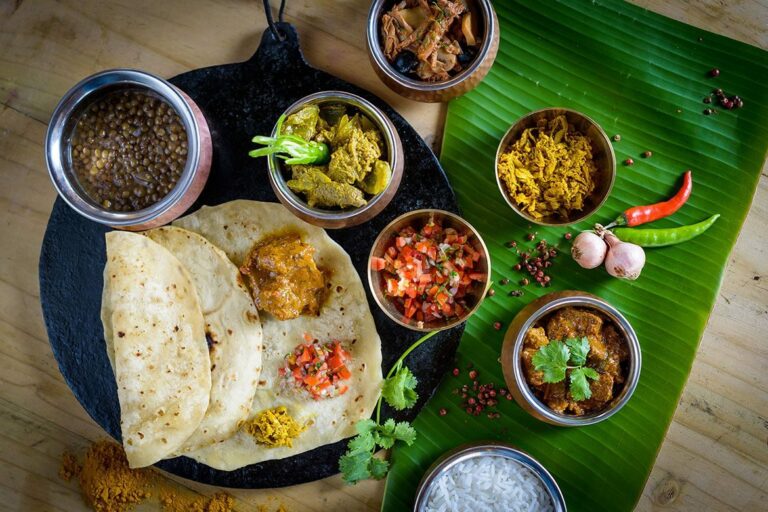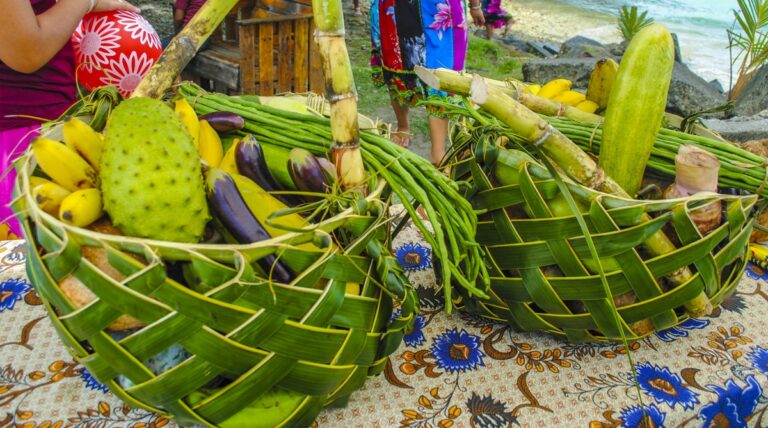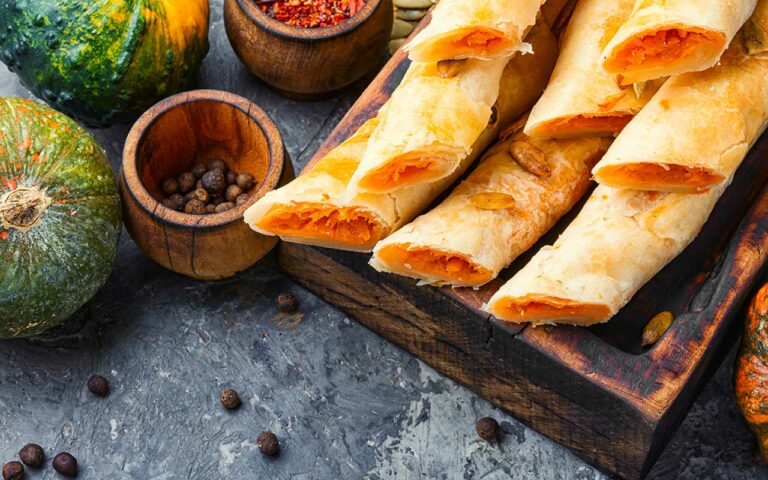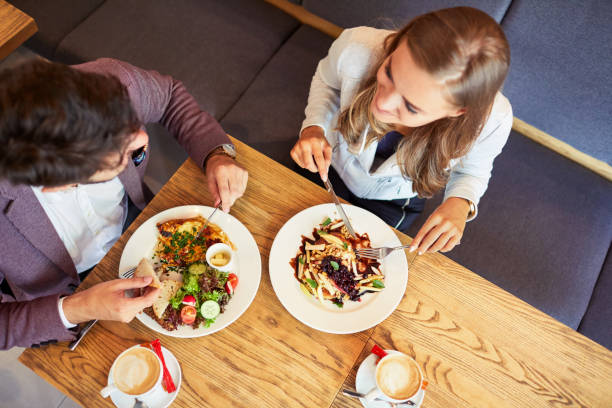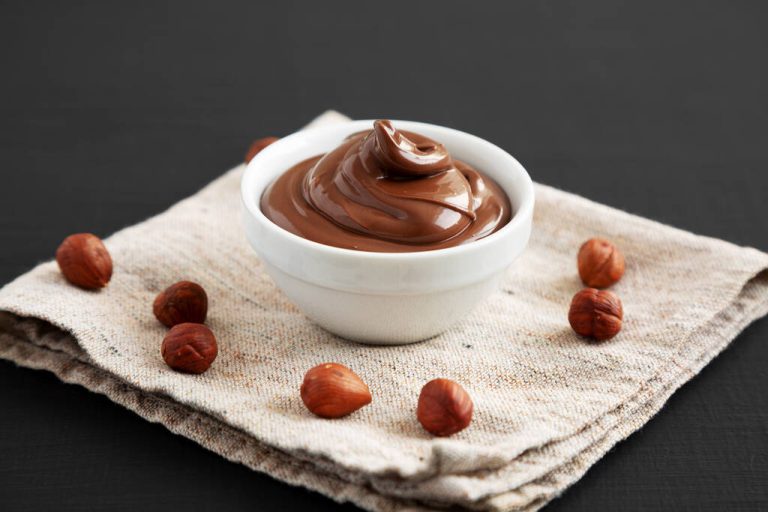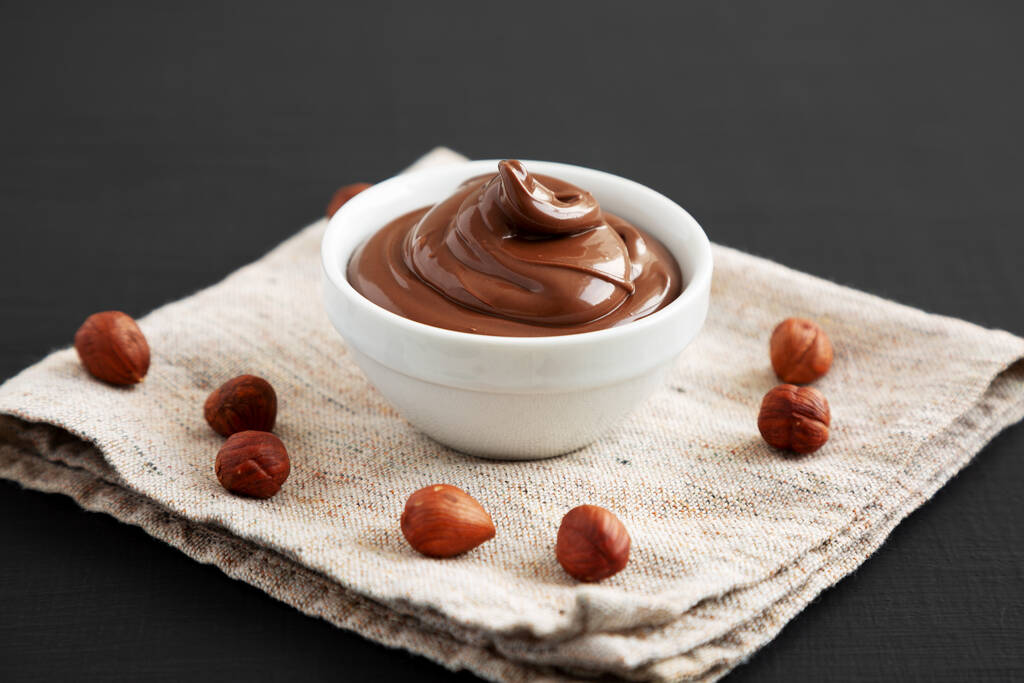Introduction: Mauritanian Dining Culture
Mauritania is a country located in West Africa, with a rich cultural heritage that extends to the way the people dine and eat their meals. The Mauritanian dining culture is centered around communal meals where family and friends gather to share food. Meals are usually large, consisting of several dishes, and are eaten with the hands, which is a common practice in many African cultures.
The cuisine in Mauritania is influenced by the region’s desert geography and proximity to the Atlantic Ocean, resulting in a mix of Arab, Berber, and West African flavors. The traditional Mauritanian meal is a reflection of the country’s nomadic past, where meals were simple, yet filling, to sustain the travelers on their long journeys through the desert.
Traditional Eating Habits in Mauritania
Traditionally, Mauritanians eat two large meals a day, with the first meal (breakfast) being light and the second meal (dinner) being the main meal of the day. Lunch is usually skipped or replaced with snacks and small meals. In recent times, however, due to the influence of Western cultures, some Mauritanians have adopted the practice of eating three meals a day.
Mauritanians typically eat their meals while seated on the floor, using a large mat as a dining table. The meal is served in a communal dish, and everyone eats from the same dish using their right hand. Eating with the left hand is considered impolite, as it is considered unclean according to Islamic customs.
Mauritanian Meal Times and Duration
Dinner is the most important meal of the day in Mauritania and is typically eaten after sunset. Meal times can vary depending on the season and the location, with meals eaten earlier in the day during the hot summer months. A typical Mauritanian dinner can last for several hours, with the meal being served in several courses.
The Typical Mauritanian Dining Table
The traditional Mauritanian dining table is a large mat made from woven reeds or palm leaves, known as a “tabliya.” The tabliya is placed on the floor and is usually covered with a tablecloth or a large piece of fabric. The food is served in large communal dishes placed in the center of the tabliya, and everyone eats from the same dish using their hands.
Foods and Dishes Commonly Served in Mauritania
The traditional Mauritanian meal consists of several dishes, including a main dish, a side dish, and a salad. The main dish is usually made of rice, couscous, or millet, and is served with a meat or fish stew. The side dish is typically a vegetable dish, such as okra or eggplant, and the salad is made from fresh ingredients, such as tomatoes, lettuce, and onions.
Mauritanian cuisine also features a variety of snacks and street foods, such as samosas, fritters, and grilled meat skewers. Tea is a popular beverage in Mauritania and is served throughout the day, often accompanied by dates or other sweets.
Etiquette and Customs: How to Eat Like a Mauritanian
When eating like a Mauritanian, it is important to remember that eating with the hands is a common practice, but it should be done with the right hand only. It is also customary to offer food to others at the table, especially to guests and elders, as a sign of respect and hospitality.
In Mauritanian culture, it is considered polite to leave some food on your plate after finishing your meal, as a sign of gratitude for the meal. It is also customary to wash your hands before and after the meal, as a sign of cleanliness and respect.
In conclusion, the Mauritanian dining culture is centered around communal meals, where family and friends gather to share food. Meals are typically large, consisting of several dishes, and are eaten with the hands. The traditional Mauritanian meal reflects the country’s nomadic past, with meals being simple, yet filling, to sustain the travelers on their long journeys through the desert.


